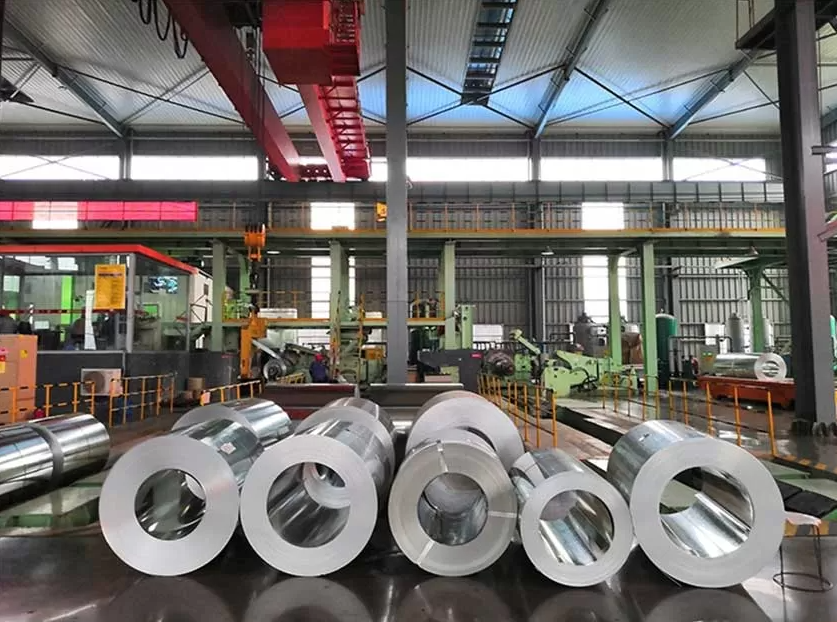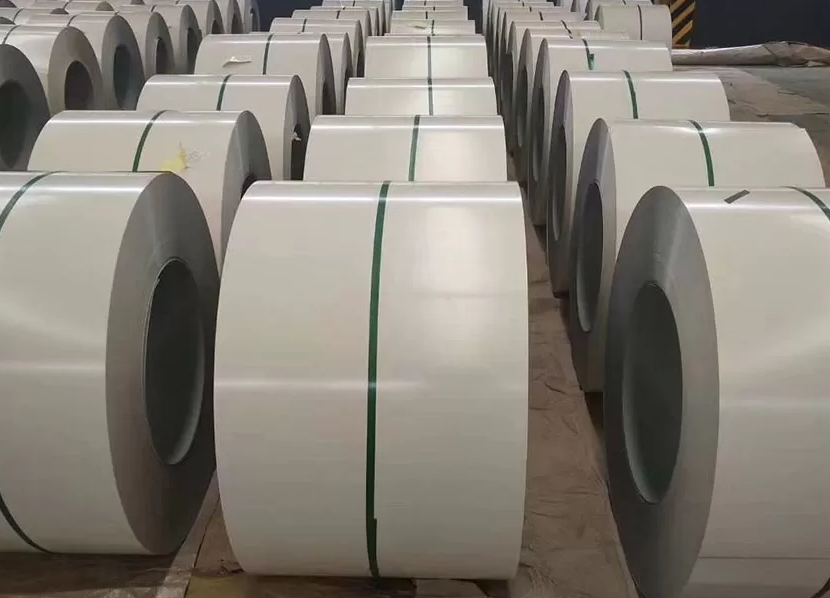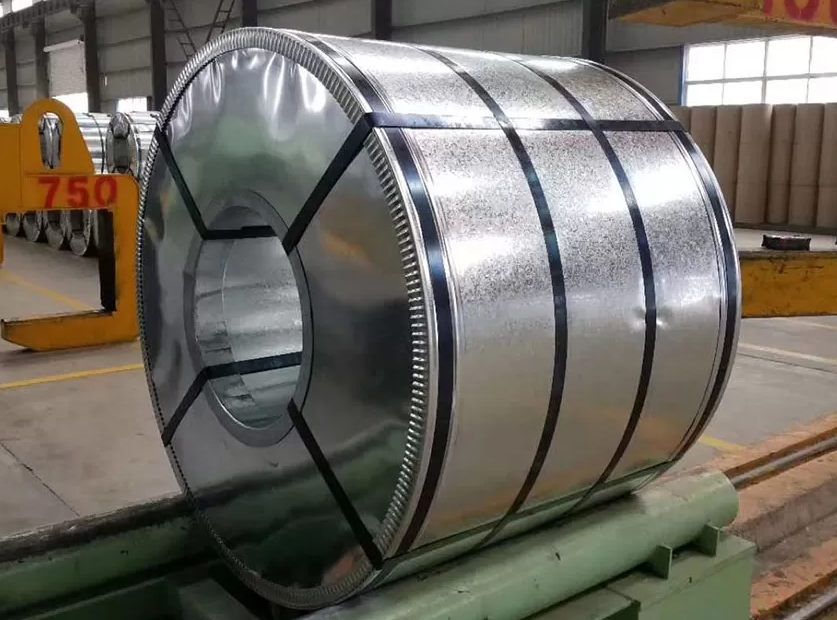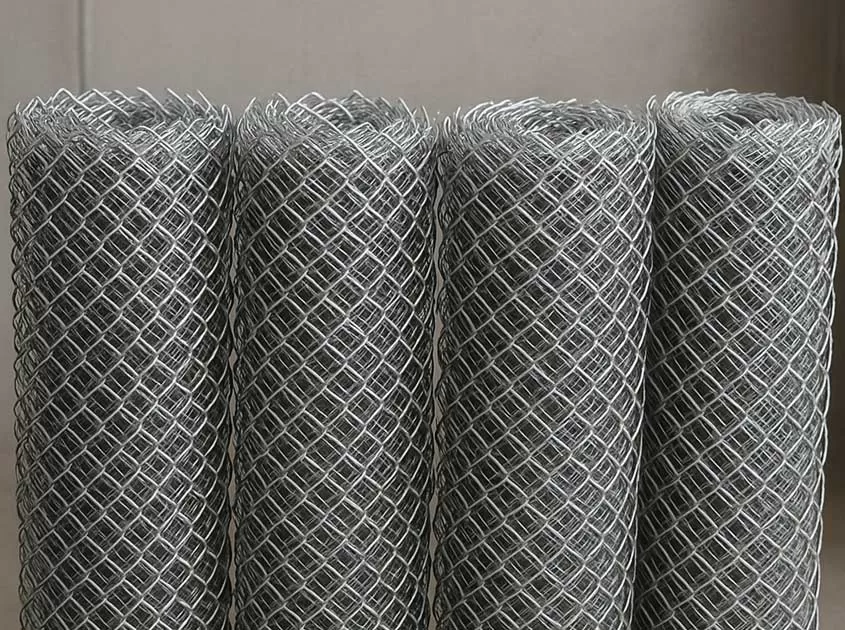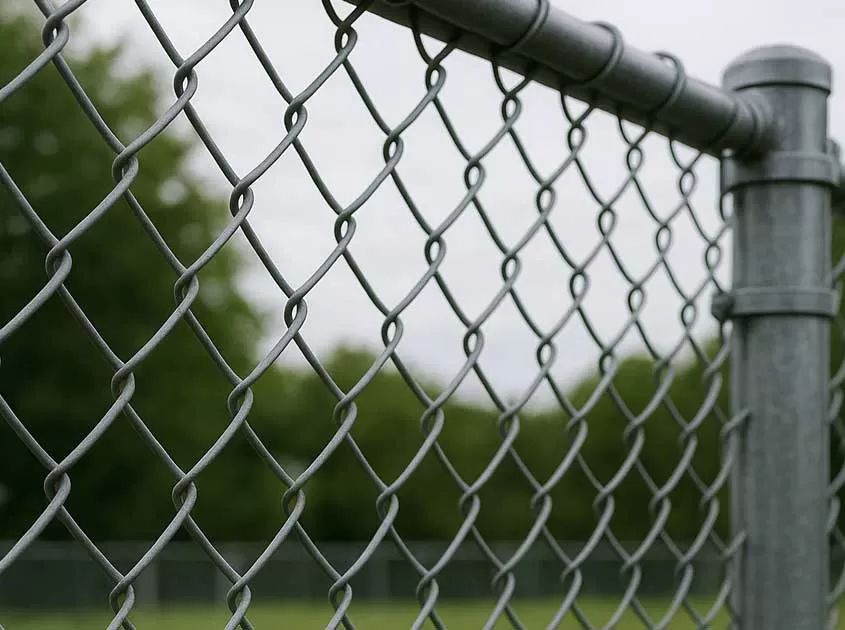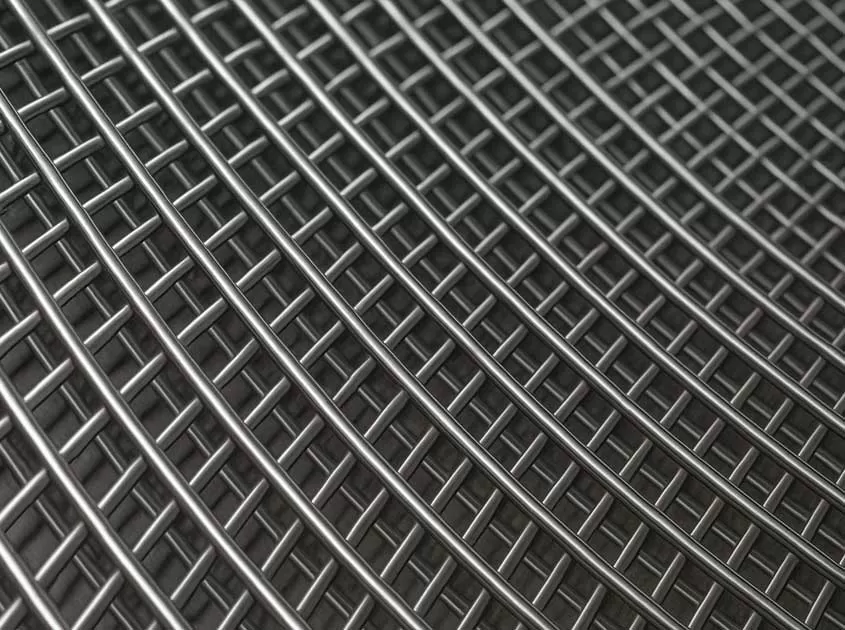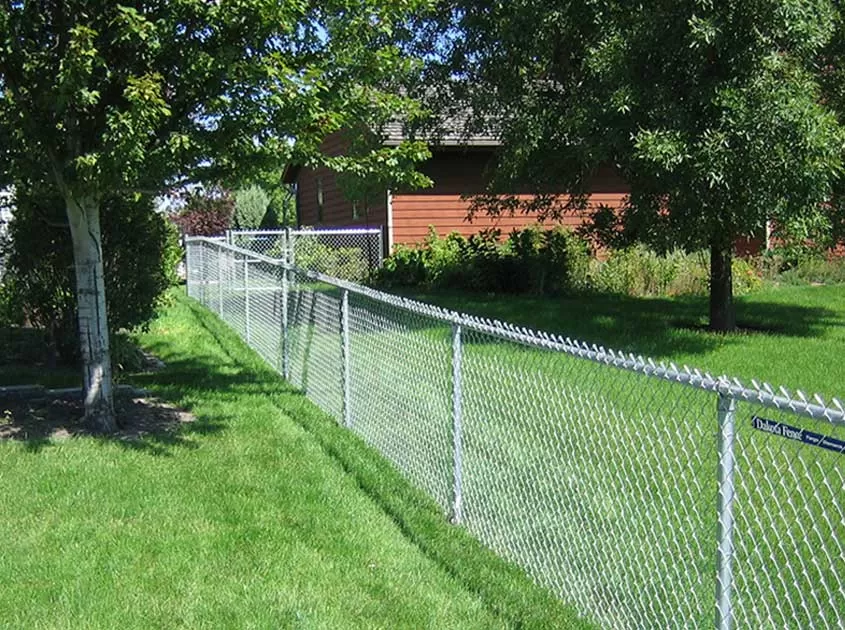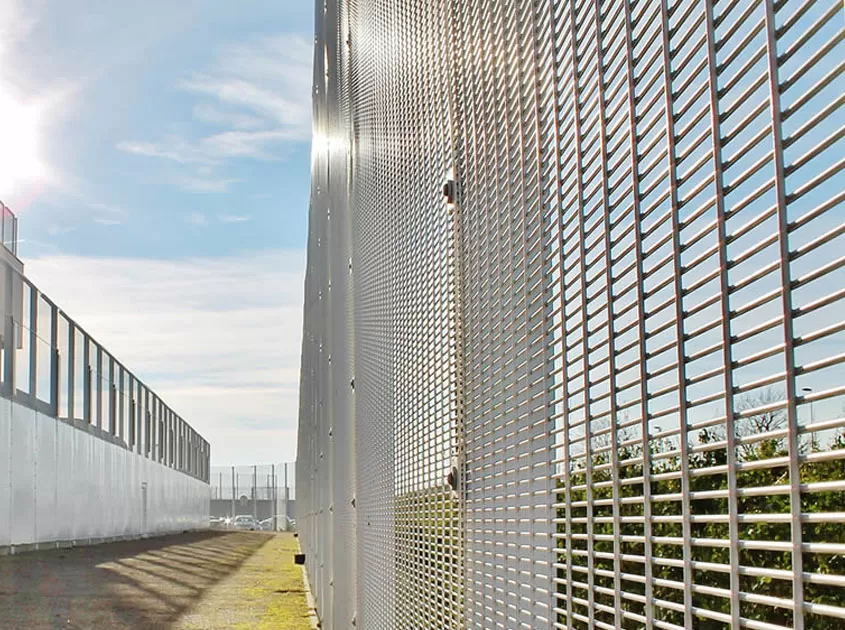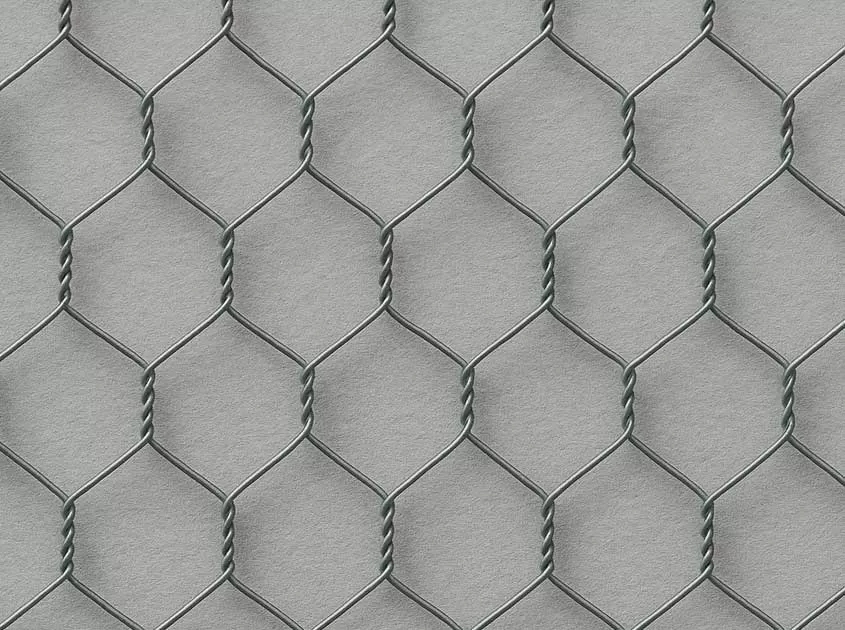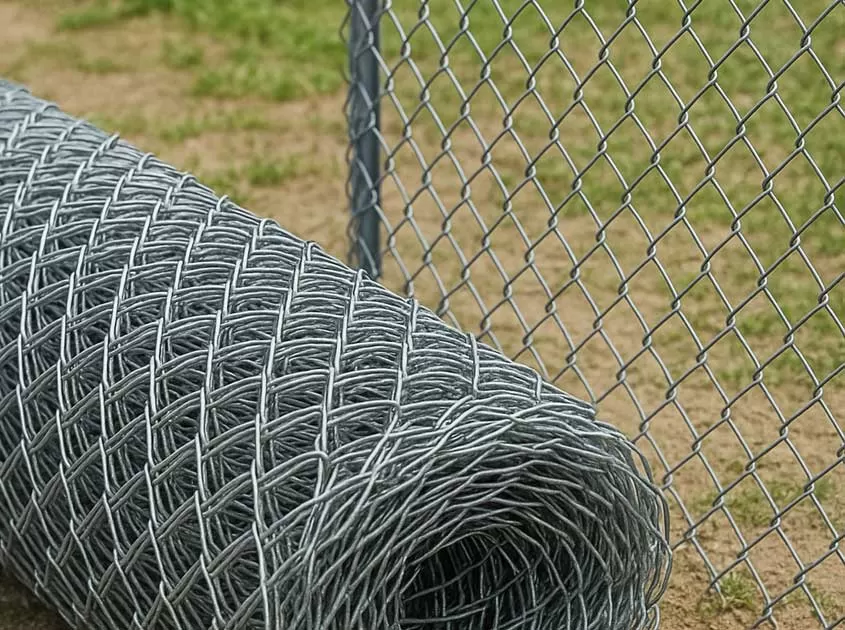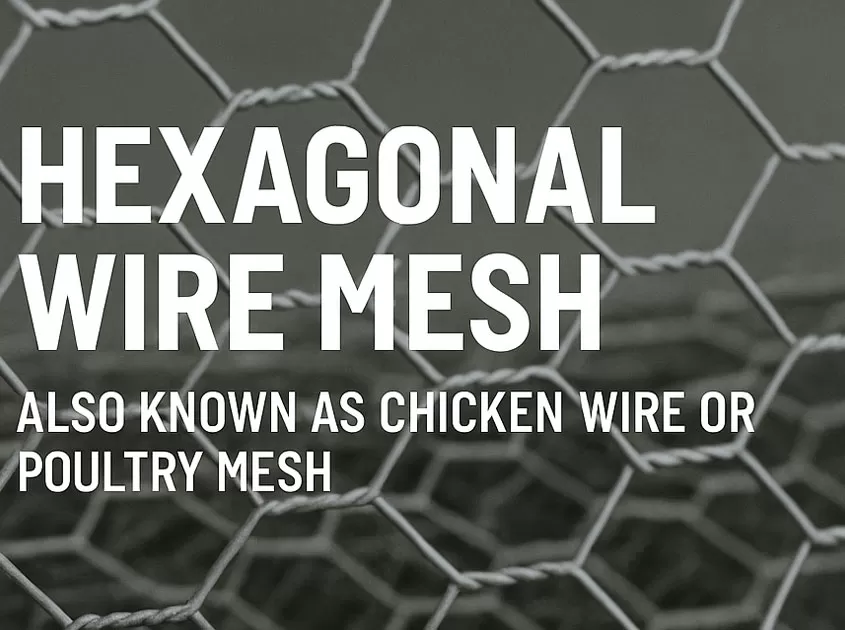How to Choose the Right PPGI Steel Coil?
Pre-painted galvanized iron (PPGI) steel coils are widely used in various industries due to their corrosion resistance, aesthetic appeal, and durability. From construction to manufacturing, PPGI steel coils offer a range of benefits, including excellent surface quality and easy maintenance. However, with various options available in the market, selecting the right PPGI steel coil for your specific needs can be a challenge. This guide will walk you through the essential factors to consider when choosing the best PPGI steel coil for your project.
1. Understand the Basics of PPGI Steel Coils
PPGI steel coils are made by coating a layer of pre-painted material on a galvanized steel substrate. The process involves hot-dip galvanizing the steel to prevent rusting, followed by applying a layer of paint. The result is a steel coil that combines the strength and durability of galvanized steel with the attractive appearance of paint, available in various colors and finishes.
PPGI Prepainted Galvanized Steel Coil
2. Consider the Type of Coating
The type of coating used on PPGI steel coils plays a significant role in determining their durability, aesthetics, and performance. The most common types of coatings are:
2.1. Polyester (PE) Coating
Polyester coatings are one of the most widely used types of paint for PPGI steel coils. They offer good weather resistance, excellent color retention, and a smooth finish. PE-coated coils are ideal for applications where the material will be exposed to moderate weather conditions and is used in a variety of construction and architectural projects.
2.2. High-Gloss Polyester (HDP) Coating
High-gloss polyester coatings provide a glossy and aesthetically pleasing finish. These coatings are designed to enhance the visual appeal of the steel coil and are typically used for decorative applications where aesthetics are important, such as in facade panels, roofing, and exterior cladding.
2.3. Silicone Modified Polyester (SMP) Coating
SMP coatings offer superior resistance to ultraviolet (UV) radiation and weathering. They provide increased protection against harsh environmental conditions, making them suitable for outdoor applications like roofing and wall panels. SMP-coated PPGI coils are a great choice for areas with extreme weather conditions or heavy sun exposure.
2.4. Polyvinylidene Fluoride (PVDF) Coating
PVDF coatings offer exceptional durability and are highly resistant to fading, chalking, and corrosion. This makes PVDF-coated PPGI coils ideal for high-end applications, including architectural projects, where long-term performance and appearance are essential. PVDF coatings also offer excellent resistance to chemicals and pollutants.
PPGI Prepainted Galvanized Steel Coil
3. Assess the Steel Substrate Quality
The quality of the galvanized steel substrate is just as important as the coating. The thickness of the zinc layer on the steel coil affects the coil’s corrosion resistance. The higher the zinc coating weight, the better the corrosion resistance. Consider the following options based on your environmental requirements:
3.1. Regular Galvanized Steel (SGCC)
SGCC steel is a common choice for PPGI coils and provides good corrosion resistance in general environments. It is suitable for most construction, architectural, and general industrial applications.
3.2. Galvalume Steel
Galvalume steel combines zinc and aluminum, offering enhanced corrosion resistance and durability, particularly in harsher environments like coastal areas. This type of steel is more resistant to rust and can extend the lifespan of the PPGI coils.
4. Select the Right Thickness
The thickness of the PPGI steel coil affects its strength, durability, and performance in different applications. When choosing the right thickness, consider the following:
4.1. Thin Gauge
Thin gauge PPGI steel coils are generally lighter and more cost-effective. These are typically used for non-load-bearing applications like decorative panels, roofing, and interior uses. However, thinner coils may not offer the same level of durability and impact resistance as thicker coils.
4.2. Thick Gauge
Thicker PPGI steel coils are stronger and provide better structural support. These coils are commonly used in heavy-duty applications like industrial structures, machinery, and load-bearing components. Thicker coils are also more resistant to denting and other physical damage.
5. Evaluate the Surface Finish
The surface finish of the PPGI steel coil determines its appearance and how it will perform over time. Surface finishes can range from smooth, glossy, or matte to textured. Consider the following when evaluating surface finishes:
5.1. Smooth Finish
A smooth finish provides a glossy and even appearance, making it ideal for architectural and aesthetic applications. It also allows for easier cleaning and maintenance, as dirt and grime are less likely to build up.
5.2. Textured or Embossed Finish
Textured finishes offer an added level of grip and visual appeal. These finishes are often used for roofing and siding applications where slip resistance and a unique look are important. Textured finishes can also improve the durability of the coating by reducing the exposure of the paint to environmental elements.
PPGI Prepainted Galvanized Steel Coil
6. Environmental and Durability Considerations
When selecting a PPGI steel coil, it’s important to consider the environmental conditions where the material will be used. Will the coils be exposed to high humidity, saltwater, or chemicals? Understanding the environmental factors will help you choose a coating and substrate that provide the best protection. Some considerations include:
6.1. Coastal and Marine Environments
In areas with high humidity or saltwater exposure, consider opting for PPGI coils with a thicker zinc layer or those made from Galvalume steel. These offer superior corrosion resistance to prevent rust and damage over time.
6.2. Harsh Weather Conditions
If your PPGI coils will be exposed to extreme weather conditions such as heavy rain, snow, or UV radiation, coatings like SMP or PVDF are better choices. These coatings provide added protection against fading, chalking, and corrosion in severe weather.
7. Cost and Supplier Reputation
While cost is an important factor when selecting PPGI steel coils, it’s equally important to choose a reputable supplier. Quality varies widely between manufacturers, so selecting a trusted supplier ensures that you receive high-quality coils with consistent performance. A reputable supplier will also offer warranties and support in case of issues down the line.
8. Conclusion
Choosing the right PPGI steel coil requires considering several factors, including the type of coating, the quality of the steel substrate, the thickness of the coil, the surface finish, and the environmental conditions. By assessing these factors and working with a reliable supplier, you can ensure that you select the most suitable PPGI steel coil for your project, ensuring durability, aesthetic appeal, and long-term performance. Whether you're in construction, manufacturing, or another industry, the right PPGI steel coil will provide the strength and protection you need.
QUNKUN METAL - PPGI Steel Coil Manufacturer in China
Do you want to receive more information about QUNKUN METAL PPGI steel coils? Then we are happy to answer your questions. Fill in the contact form or send
an email to https://www.qunkunmetal.com.
-
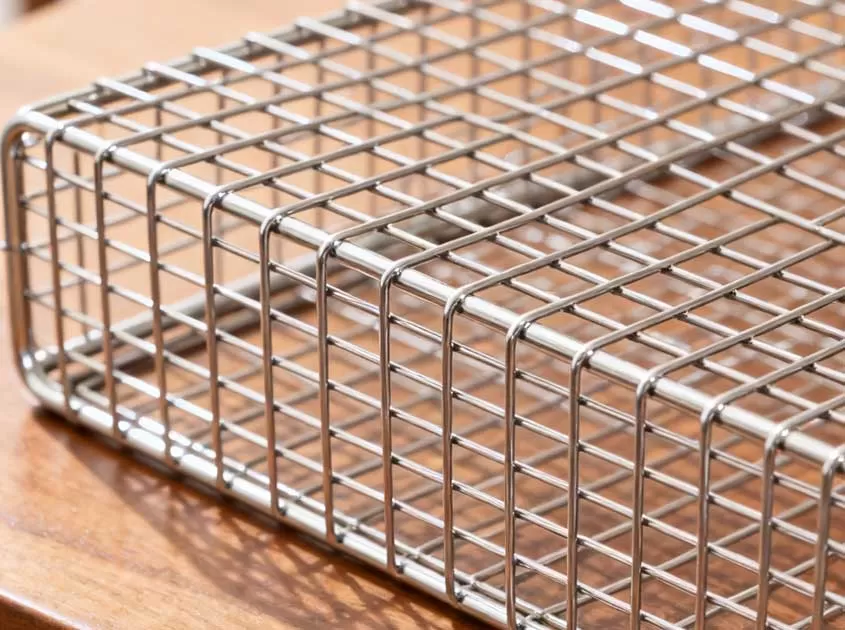 Corrosion-Resistant Stainless Steel Wire Mesh Oct 28, 2025
Corrosion-Resistant Stainless Steel Wire Mesh Oct 28, 2025

- Tel.: +86 311 83077076
- E-mail: sales@qunkunmetal.com
- Skype: qunkunsales01
- WhatsApp: 8618032412189
- Add.: No.69 The Filter Industrial Part of Anping, Hebei, China




